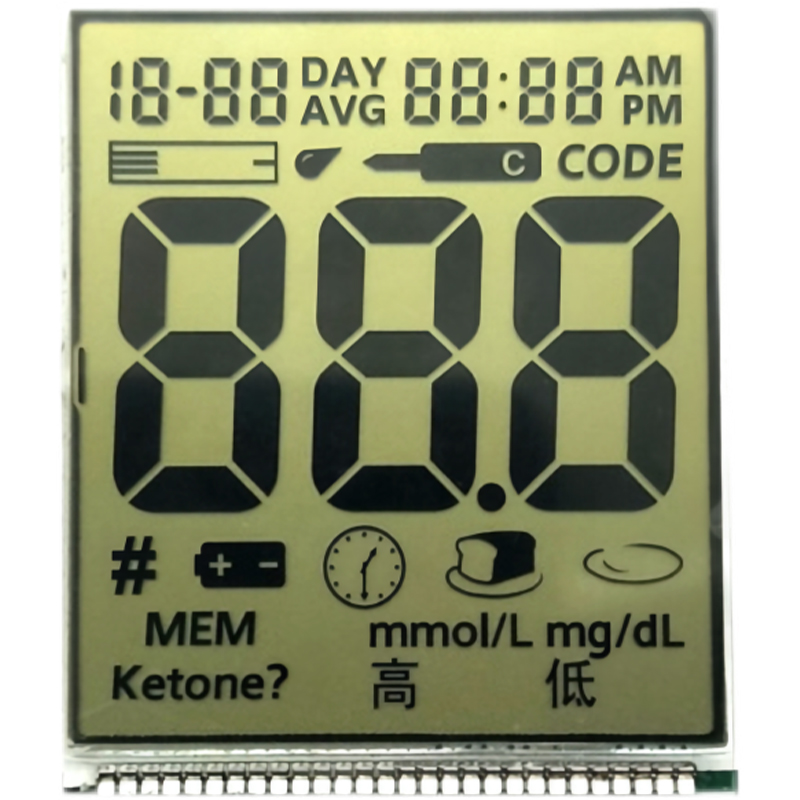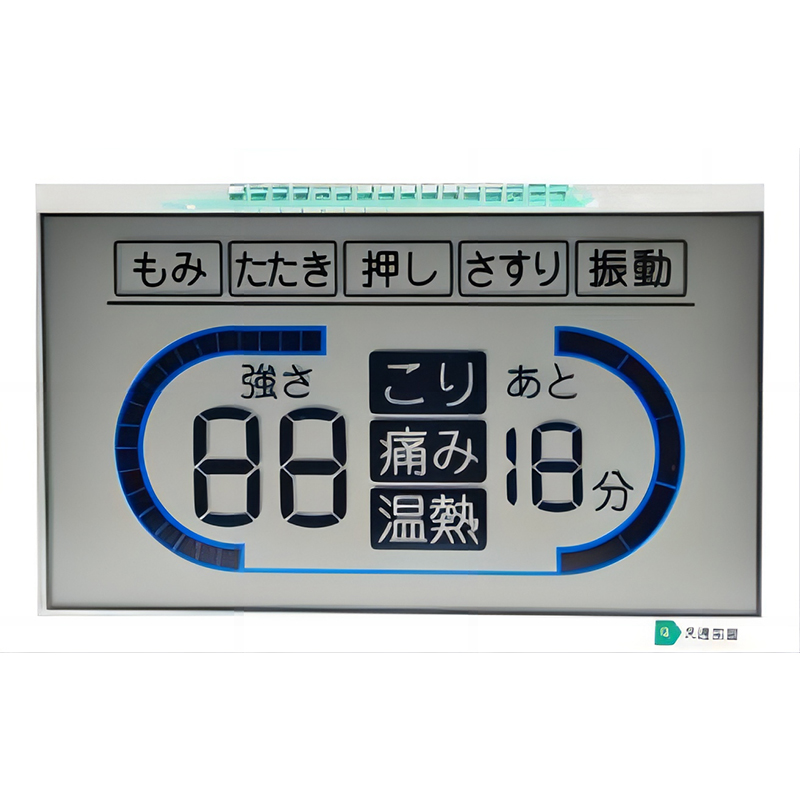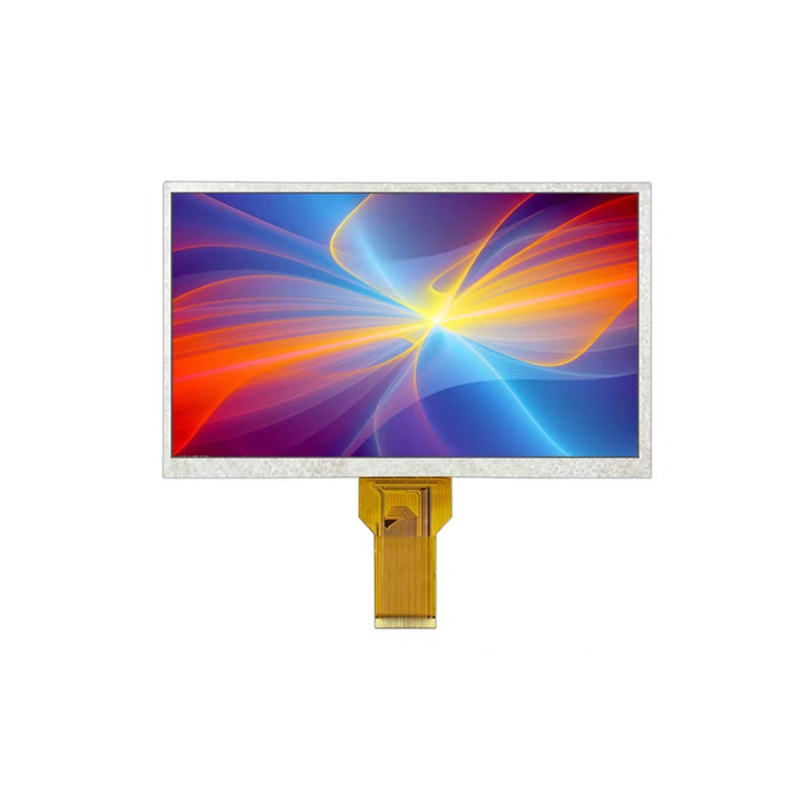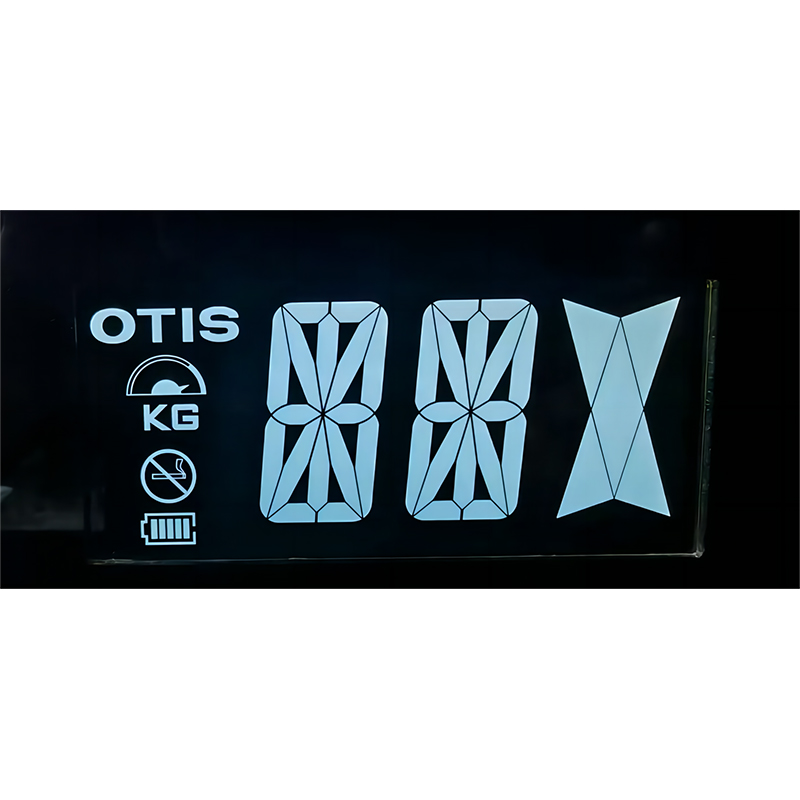
This guide provides a detailed overview of Adafruit's range of TFT displays, covering their features, applications, and selection considerations. We'll explore different screen sizes, resolutions, interfaces, and functionalities to help you choose the perfect Adafruit TFT display for your project. Learn about various display technologies and how to integrate them into your electronics projects.
TFT (Thin-Film Transistor) displays are a type of liquid crystal display (LCD) technology that uses a thin-film transistor to control each pixel individually. This allows for higher resolution and faster refresh rates compared to other LCD technologies. Adafruit offers a wide variety of Adafruit TFT displays, known for their ease of use and excellent quality. They're popular choices for hobbyists, makers, and professionals alike due to their vibrant colors and sharp image quality.
When selecting an Adafruit TFT display, several key specifications need consideration:
Before selecting a display, carefully define your project needs. Consider the required screen size, resolution, color depth, interface compatibility, and whether touchscreen functionality is necessary. Factors like power consumption, operating temperature range, and mounting options also play a role.
Adafruit offers a wide selection, catering to diverse project needs. Some popular choices include the 2.4 TFT Touch Screen, the 3.5 TFT Touch Screen, and various higher-resolution displays. Their website (www.adafruit.com) provides detailed specifications for each model. Always check the latest details on their site for the most up-to-date information.
Integrating an Adafruit TFT display typically involves connecting it to a microcontroller like an Arduino or Raspberry Pi. This requires understanding the display's interface (SPI or parallel), pin assignments, and the necessary libraries for controlling the display. Adafruit provides excellent documentation and libraries to simplify the integration process. Their tutorials and examples are invaluable resources.
Adafruit offers comprehensive libraries for various platforms, simplifying the task of controlling the display. These libraries handle low-level communication, allowing you to focus on your application logic. Their community is active and supportive, providing assistance if you encounter problems. Remember to consult the specific library documentation for your chosen display model.
Adafruit TFT displays are ideally suited for creating custom dashboards and graphical user interfaces (GUIs) for various applications, from simple data displays to complex control panels. The ability to display text, graphics, and images allows for highly customized and informative interfaces.
Their compact size and low power consumption make them perfect for portable data loggers and monitors. They can display real-time data readings, providing a convenient and visually appealing way to track information in the field or in embedded systems.
Adafruit's range of TFT displays provides excellent solutions for diverse electronics projects. By understanding the key features, specifications, and integration aspects discussed in this guide, you can confidently select and implement the ideal Adafruit TFT display for your specific needs. Remember to consult Adafruit's official website for the most accurate and up-to-date information on their products and support resources.
For high-quality LCD solutions for your projects, consider exploring the options from Dalian Eastern Display Co., Ltd.. They offer a wide range of LCD displays to complement your Adafruit TFT display needs, or even serve as an alternative solution depending on your specifications.












